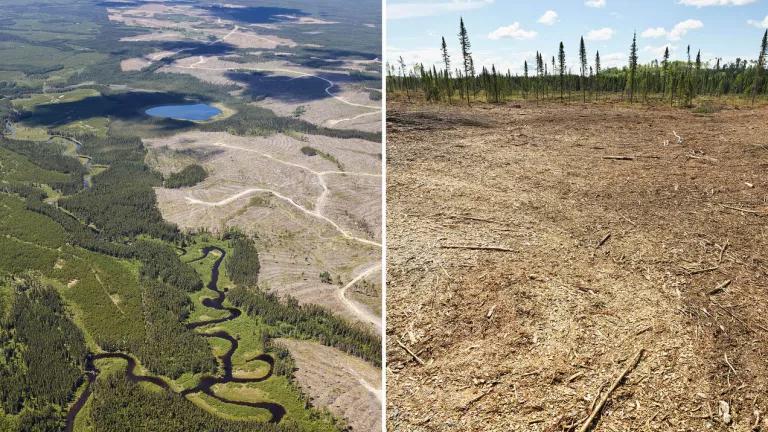
Rio Grande Wild and Scenic River, New Mexico
Thanks to Governor Lujan Grisham’s bold new executive order, New Mexico takes a leadership position and sets an ambitious – and necessary – goal of conserving at least 30% of state lands by 2030. Scientists and decisionmakers increasingly agree that we must protect 30% of the Earth’s lands and waters by 2030 (“30 by 30”) in order to combat both the biodiversity crisis and climate change.
Importantly, Governor Lujan Grisham’s order recognizes the need to protect watersheds, wetlands, and source waters in this effort. Freshwater protection is a particularly pressing issue in New Mexico, where just last year the Rio Grande experienced one of its worst water years in recent history. Between drought conditions and unsustainable diversions, the river almost ran dry through Albuquerque. This year is also looking bad. The volume of water that has flowed through Albuquerque since the start of 2021 is less than one-third of the flow the city had experienced by late August just two years before. As drought conditions grip nearly half of the land in the contiguous United States, many New Mexico farmers along the Rio Grande once again face the possibility of having their irrigation deliveries shut off early due to low water supplies. Without responsible management and innovative solutions like 30 by 30, these problems will only worsen on rivers like the Rio Grande.
Freshwater is a crucial resource for all life on Earth. Healthy rivers, riparian areas, and wetlands support ~10% of all species despite covering less than 1% of the Earth’s surface, deliver a range of ecosystem services worth trillions of dollars, and help drive the economy. Protecting water – and lands – is an important tool to increase climate resiliency and mitigate the impacts of a changing climate. Riparian areas offer carbon sequestration potential comparable to tropical forests, and restoring them is critical in the fight against climate change. Access to nature also provides documented health benefits, although these benefits are disproportionately enjoyed by wealthier, white communities. We need to expand access to healthy rivers and streams and increase opportunities to enjoy the benefits of nature, particularly near communities of color and lower-income communities.
New Mexico is uniquely poised to engage a diverse range of stakeholders in its 30 by 30 pursuits. New Mexicans overwhelmingly support national efforts to conserve 30% of lands and waters, and recent polling by Colorado College shows that 78% of New Mexico residents support directing funding to increase equitable access to parks and nature for lower-income communities and communities of color. New Mexico is also home to 23 federally recognized Tribes, with each Tribe contributing a distinct perspective on freshwater management. Additionally, hundreds of acequias – communal irrigation systems cultivated by generations of farmers – can be found throughout the state. Acequia associations provide an uncommon example of how communities can equitably manage and protect scarce water resources, and offer important lessons for water conservation. Including Tribal members and tapping into the acequia community can help New Mexico shape a more robust and resilient freshwater 30 by 30 strategy.
Fortunately, Governor Lujan Grisham’s 30 by 30 executive order not only acknowledges the importance of freshwater resources, but it recognizes and seeks to incorporate diverse constituents. With the release of the state’s new 30 by 30 initiative, New Mexico joins visionary leaders like the Biden administration, which issued an executive order setting a national conservation goal in January, and California, which announced a 30 by 30 executive order in October, 2020. As a growing number of states take steps towards this important goal, New Mexico’s 30 by 30 leadership can help shape future conservation efforts throughout the United States.



